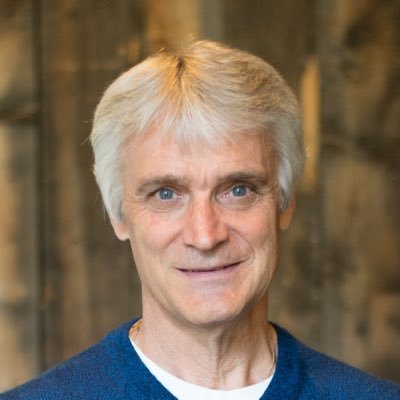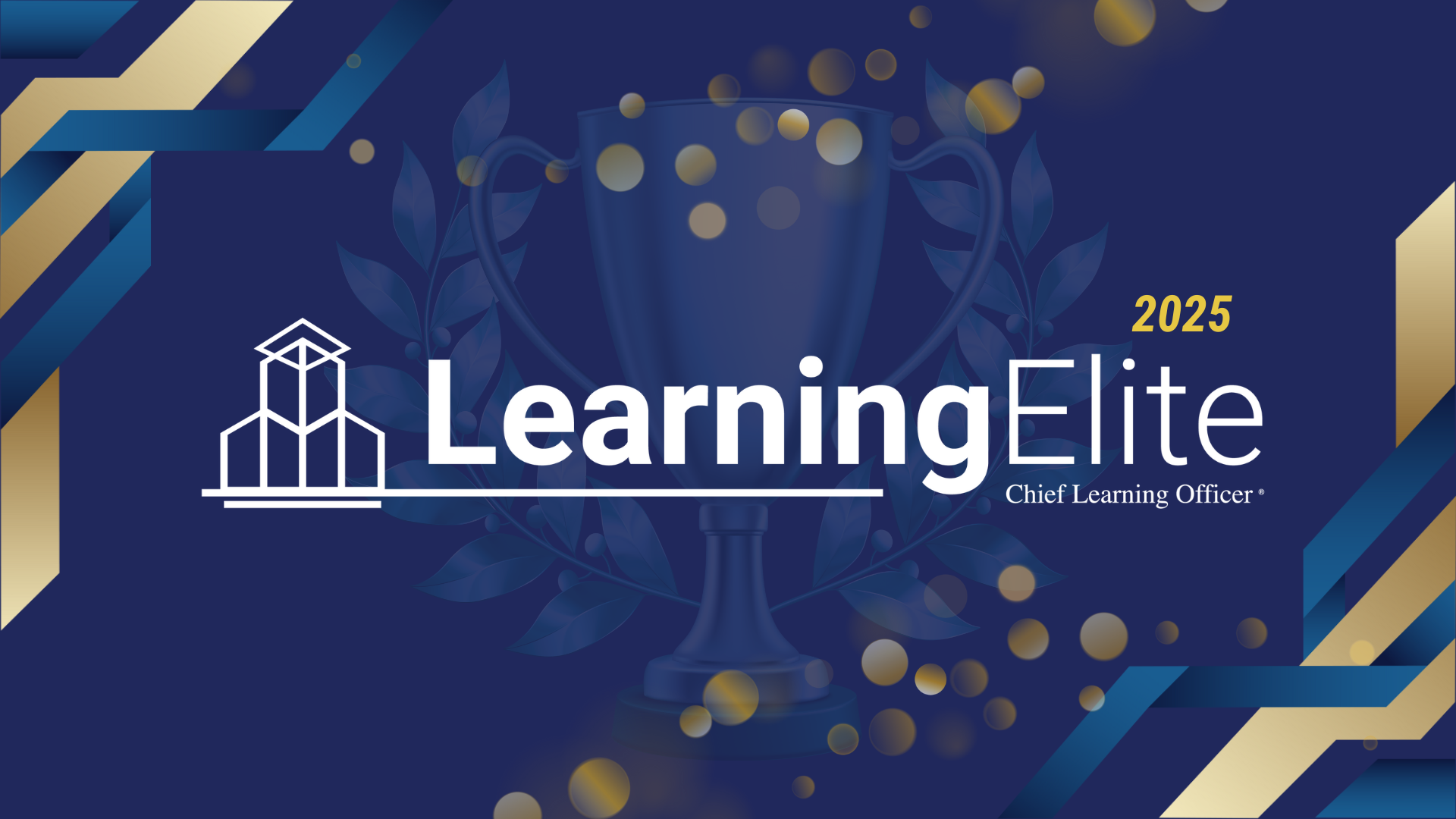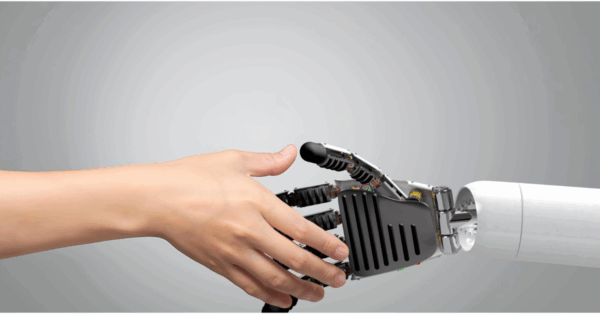I’ve always been intrigued by our industry’s ability to make things up.
We like to add acronyms and names to things that we feel would best benefit our learners: e-learning, m-learning, JIT (just-in-time), blended learning, LMS, LCMS — just to name a few. We often do this to suit our need to define a new approach or tool. We brand it, create it and then float it by our learners to see what they think. Sometimes we do this well, and other times we miss the mark, but we always continue working until we come close to getting it right.
One approach that has always bothered me is blended learning. As long as I can remember, we have had blended learning. My entre into this profession was as a fifth grade teacher in Warsaw, N.Y. Blended learning back then meant trying to teach a science lesson through a mixture of learning centers, lectures, labs, homework, group projects and testing. We didn’t call it blended learning, but based on what I’ve seen attempted in this discipline, it’s similar to what we’ve been trying to do since e-learning came along. We needed some way to explain the shift from keeping people in class for five days to reducing that time and having them go online.
Maybe the problem is that we’ve misunderstood the term’s meaning. In the end, did we really end up creating what we set out to build? Do we have true blended learning? Based on many of the designs I’ve seen, I would argue that we’ve fallen a bit short. The effectiveness of a learning program should always be based on its outcome. Do your learners experience blended learning when they participate in your version of this model? Many blended learning programs I’ve looked at are actually blended training, not learning.
In an earlier article I shared Conrad Gottfredson’s five moments of need. His premise is that to create a robust training program, we need to address five learning moments:
1. When a learner learns something for the first time.
2. When a learner builds upon base knowledge by learning more.
3. When a learner tries to apply or remember what he or she learned in moments one and two.
4. When a learner tries to keep up with change.
5. When a learner does something wrong.
A true blended learning program would create, offer and maintain learning assets and offerings which would allow a learner to survive during all five moments of need.
Many blended learning programs are really blended training programs. They only address moments one and two. By using this strategy, we take learning assets designed to help people acquire knowledge and mix them up. Rather than keep employees with us for five days of training, we only bring them into classrooms or virtual session for two days. The remaining three days are covered by e-learning, reading, assessments or other related tasks. This approach isn’t instructionally bad. In fact, it’s a fairly compelling economic model, but it’s not blended learning. In the end the learner is still left on his or her own when he or she moves through moments three to five and has to survive in the real world.
A blended learning program should build learning and support assets that both teach and support. We have been designing for the formal domain for years, but now with the advent of technologies like social learning, mobile learning and performance support systems, our ability to meet the final three moments is more powerful than it has ever been. The most important thing is to make these informal efforts as intentional and sustainable as we have the formal ones. These tools also need to be introduced during the formal program. They need to be taught and reinforced. When done well, much of what we used to include in formal training can be introduced and reinforced during the informal experience.
Bob Mosher is global chief learning and strategy evangelist for LearningGuide Solutions and has been an influential leader in the IT training space for more than 15 years. He can be reached at editor@CLOmedia.com.

















